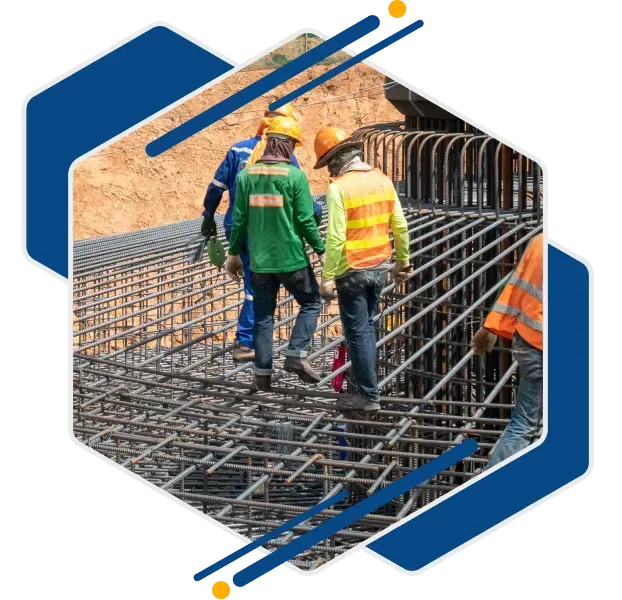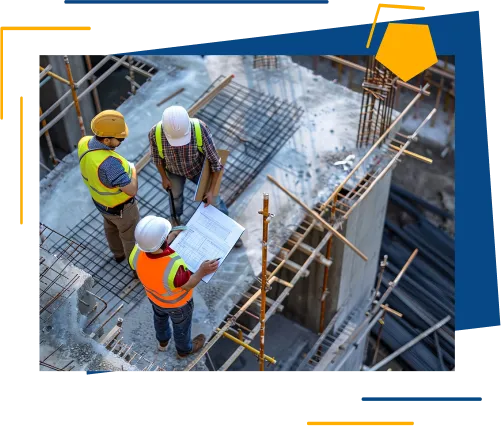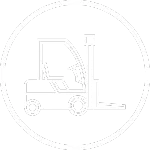Now Offering Spanish Safety Training!

Now Offering Spanish Safety Training!
Specialized Safety
Lockout Procedures
FSDAVCFEBFEVSDDVFSD
FSDAVCFEBFEVSDDVFSD
FSDAVCFEBFEVSDDVFSD
Specialized Safety - Lockout Procedures
Safe Lockout-Tagout Procedures for Servicing Equipment

Lockout procedures ensure safety during equipment maintenance. Workers are trained to identify hazards, isolate energy sources, and apply lockout devices effectively. This process prevents accidental equipment activation, reducing risks for maintenance teams. Training emphasizes compliance with OSHA standards to maintain a safe working environment across diverse job sites.
Safety protocols for lockout procedures are regularly updated to include new regulatory guidelines. Workers gain practical skills through simulations, improving their response to emergencies. By reinforcing best practices, this training builds confidence and ensures adherence to safety measures across various tasks and conditions.

Implementing Lockout Procedures for Routine Maintenance
Lockout procedures ensure worker protection by effectively isolating energy sources during equipment maintenance. Workers learn to identify hazards, deactivate machinery, and apply lockout devices correctly. The training emphasizes adherence to OSHA standards, ensuring that safety protocols are consistent across sites and reducing risks associated with accidental activation.
The training incorporates hands-on exercises, allowing workers to practice real-world scenarios. Employees gain practical skills in identifying energy sources, lock placement, and verifying zero energy before maintenance begins. By engaging in these activities, workers build the confidence necessary to safely navigate hazardous situations and maintain compliance with industry standards.
Lockout training is regularly updated to reflect changes in regulations. This adaptability ensures that workers stay informed about the latest safety protocols and techniques. Regular evaluations help tailor the program to specific site conditions, making it more effective in maintaining safety across different projects.
Establish Lockout-Tagout Standards for Complete Safety

Lockout training focuses on maintaining a safe environment by emphasizing critical safety protocols. Workers engage in scenario-based exercises simulating hazardous conditions, teaching them how to deactivate machinery safely and apply lockout devices accurately. These simulations offer practical experience, reinforcing skills needed for real-world challenges. Participants also learn to recognize energy sources and control systems, developing a deeper understanding of safe practices for various equipment. Hands-on training builds confidence, supporting proactive safety measures across job sites.
Trainers provide guidelines on isolating energy sources, addressing risks associated with mechanical, hydraulic, and electrical systems. This approach ensures that workers understand diverse lockout procedures, enhancing their competence in managing high-risk situations. Frequent evaluations refine training content, incorporating feedback to meet site-specific needs. Consistent updates ensure that training aligns with evolving regulations, helping workers maintain full compliance.

Lockout training incorporates worker feedback to adapt lessons for site-specific needs. This personalized approach makes training not only more relevant but also more effective, addressing unique hazards faced in different work environments. By integrating updated safety protocols into training, workers stay aware of changing regulations and new practices. Regular updates foster a proactive safety culture that emphasizes regulatory adherence and continuous improvement.
Trainers evaluate worker performance regularly to fine-tune training methods, ensuring safety techniques are clear and effective. This ongoing assessment enables trainers to refine lessons, keeping teams well-prepared for both expected and unexpected hazards. Continuous content improvement ensures workers are equipped with practical knowledge that aids in preventing accidents. By promoting engagement and adaptability, the training supports a culture focused on compliance, long-term safety, and a reduction in workplace risks.
Frequently Asked Questions
Frequently Asked Questions
What are lockout procedures, and why are they important for my business?
Lockout procedures involve systematically shutting off and securing energy sources to machinery or equipment, preventing the accidental release of hazardous energy while maintenance or servicing activities are performed. They are crucial for protecting employees from serious injuries or fatalities caused by unexpected energization, start-up of machinery, or release of stored energy.
How can Nain and Associates assist my company with lockout procedures?
Nain and Associates offers comprehensive services that include developing customized lockout/tagout protocols tailored to your specific machinery and processes, training employees on proper lockout/tagout practices, conducting regular audits to ensure compliance with safety standards, and updating your procedures as necessary to accommodate new equipment or changes in operations.
What is involved in the training provided for lockout procedures?
Our training covers the identification of applicable machinery and energy sources, steps for applying and removing lockout devices, understanding the hierarchy of controls for hazardous energy, and emergency response procedures. The goal is to equip your employees with the knowledge and skills to safely control hazardous energy sources.
Are lockout/tagout procedures required for all types of machinery?
While not all machinery requires lockout/tagout procedures, any equipment that could store or release hazardous energy during maintenance or servicing should have a specific lockout protocol. This includes electrical, mechanical, hydraulic, pneumatic, chemical, and thermal energy sources.
How often should our lockout/tagout procedures be reviewed or updated?
It's recommended to review and update your lockout/tagout procedures at least annually or whenever there is a change in equipment, processes, or personnel. Regular reviews ensure that your procedures remain effective and compliant with current regulations, reflecting any changes in your operations or advancements in safety technology.
Update Tagout Methods with Continuous Hands-on Training
Keeping lockout procedures effective demands regular updates to training programs. Trainers adjust content based on OSHA guidelines and new site-specific risks, ensuring workers learn the latest safety protocols. This approach helps workers apply current safety measures confidently. Interactive lessons highlight potential equipment hazards, improving emergency response efficiency.
Hands-on training sessions simulate realistic lockout scenarios. Workers practice isolating and securing machinery, covering mechanical, electrical, and hydraulic systems. These drills reinforce proper safety practices, helping employees handle diverse risks with confidence. Consistent participation strengthens adherence to safety standards, reducing accident potential.
Regular evaluations refine training content by incorporating worker feedback. Adjusting lessons based on real-world experiences tailors safety measures to evolving site conditions. This supports regulatory compliance while promoting a proactive safety culture. By staying aligned with current safety requirements, [https://nainllc.com/osha-updates] both worker competence and overall protection is improved.


Consistent evaluations allow trainers to refine lessons, integrating feedback from workers to address site-specific challenges effectively. This approach ensures that training adapts to real-world conditions, maintaining compliance across projects. Regular updates keep safety measures aligned with evolving regulations, reducing risks and enhancing workers’ confidence. By fostering a proactive safety culture, teams are better equipped to handle hazards, support regulatory adherence, and sustain overall safety across different worksites.
Implement Modern Lockout/Tagout Training to Promote Safety
Improving lockout training requires a proactive approach, focusing on regular evaluations and detailed feedback. Trainers consistently assess worker performance, [https://nainllc.com/specialized-safety-train-the-trainer] identifying areas for improvement. By revising training methods and incorporating real-time feedback, workers gain skills relevant to specific job sites. This ensures training is dynamic, adaptable, and effective, ultimately reducing safety risks and promoting long-term compliance.
Enhanced lockout programs prioritize practical training through hands-on simulations, addressing various energy sources like mechanical, hydraulic, and electrical systems. These exercises help workers understand and manage different lockout scenarios. Consistent practice improves confidence, ensuring workers follow safety procedures accurately, reducing accident risks across job sites.
The success of lockout training depends on continuous updates and active worker participation. Integrating current OSHA standards and site-specific safety needs keeps training aligned with evolving regulations. Workers benefit from a comprehensive, adaptive learning experience, fostering a culture of safety that prioritizes both regulatory adherence and worker protection.
Have Questions About Our Services?
Contact us to learn more today!
Have Questions About Our Services?
Contact us to learn more today!
Design By: Customers.Plus
© 2026 | Nain & Associates LLC





